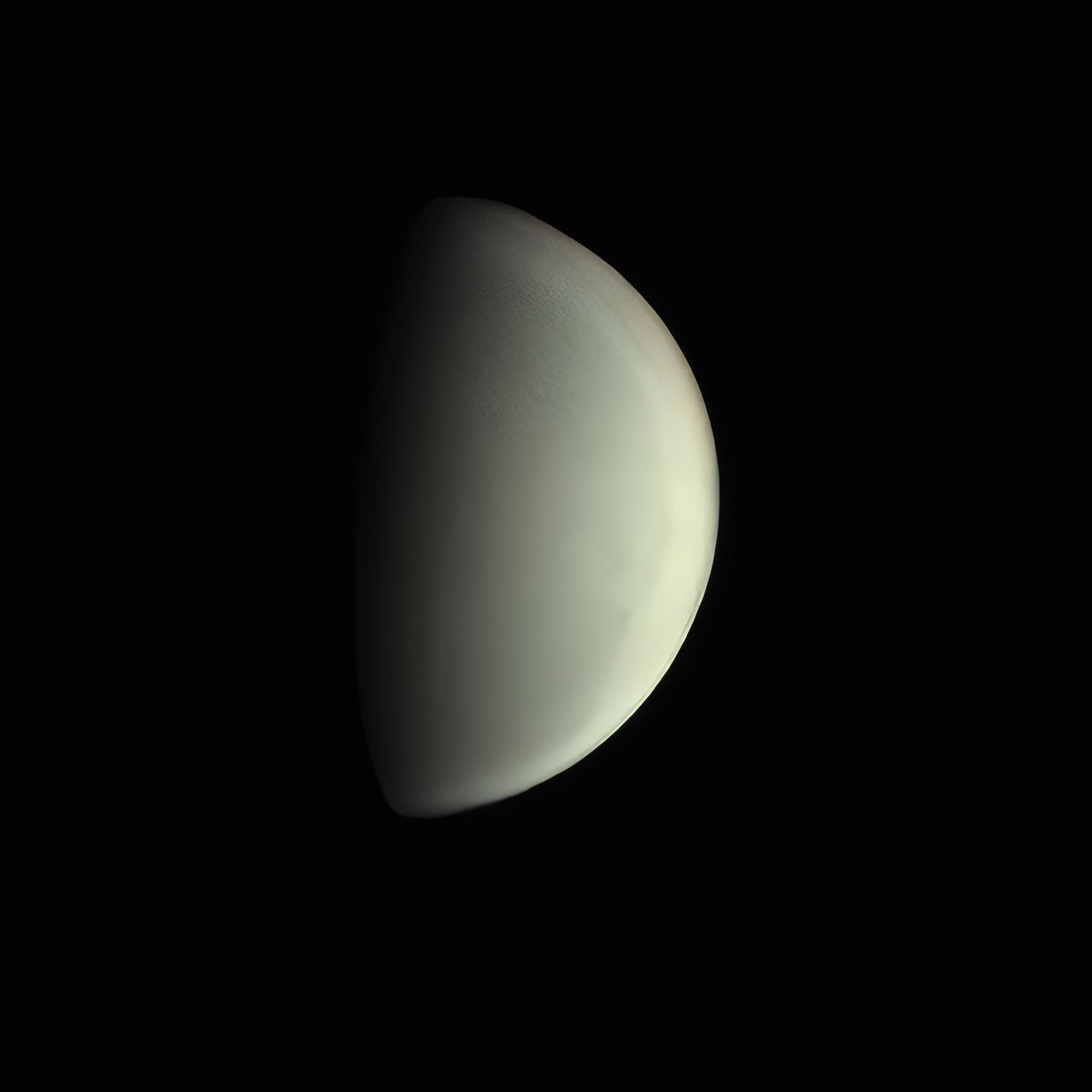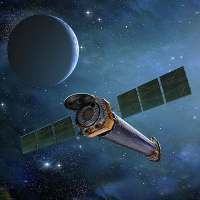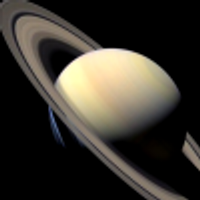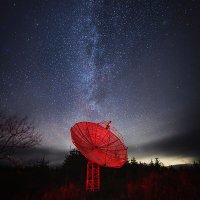
Derek Smale
@universemotion
Astronomy and nature lover.
Programme Manager, UK Space Agency
Youtuber:
youtube.com/@universeinmot…
Author of UKSA's monthly astronomy blog (see below)
ID: 2889754397
https://space.blog.gov.uk/author/derek-smale/ 23-11-2014 21:22:19
253 Tweet
2,2K Followers
2,2K Following

On this day in 2020, I stood under the dark skies of Dartmoor National Park looking up at the beautiful C/2020-F3, more commonly known as Comet Neowise. Having swung around the sun, it was heading back out into the solar system, to return in around 6,800 years! #Neowise #Astrophotography
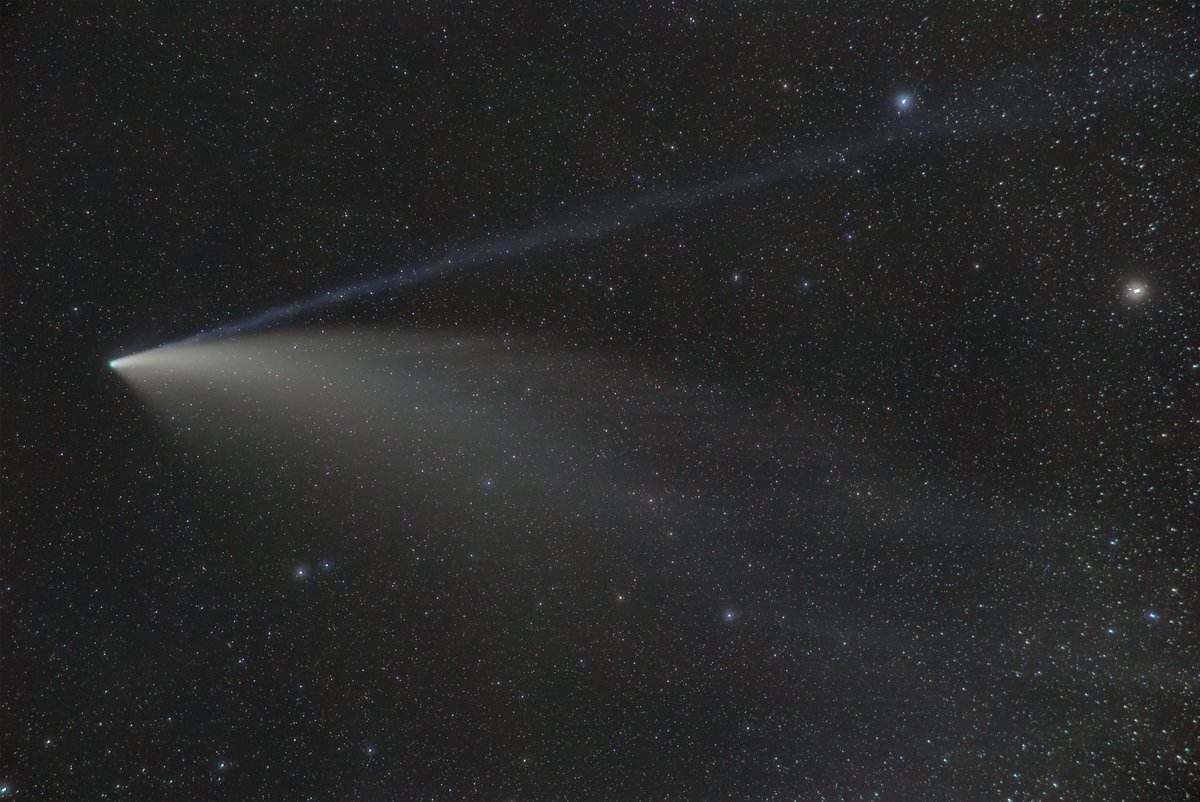

Aurora immediately after sunset; mind blowing! 🇨🇦💫 #StormHour #lacombe #alberta #canada #northernlights #AuroraBorealis
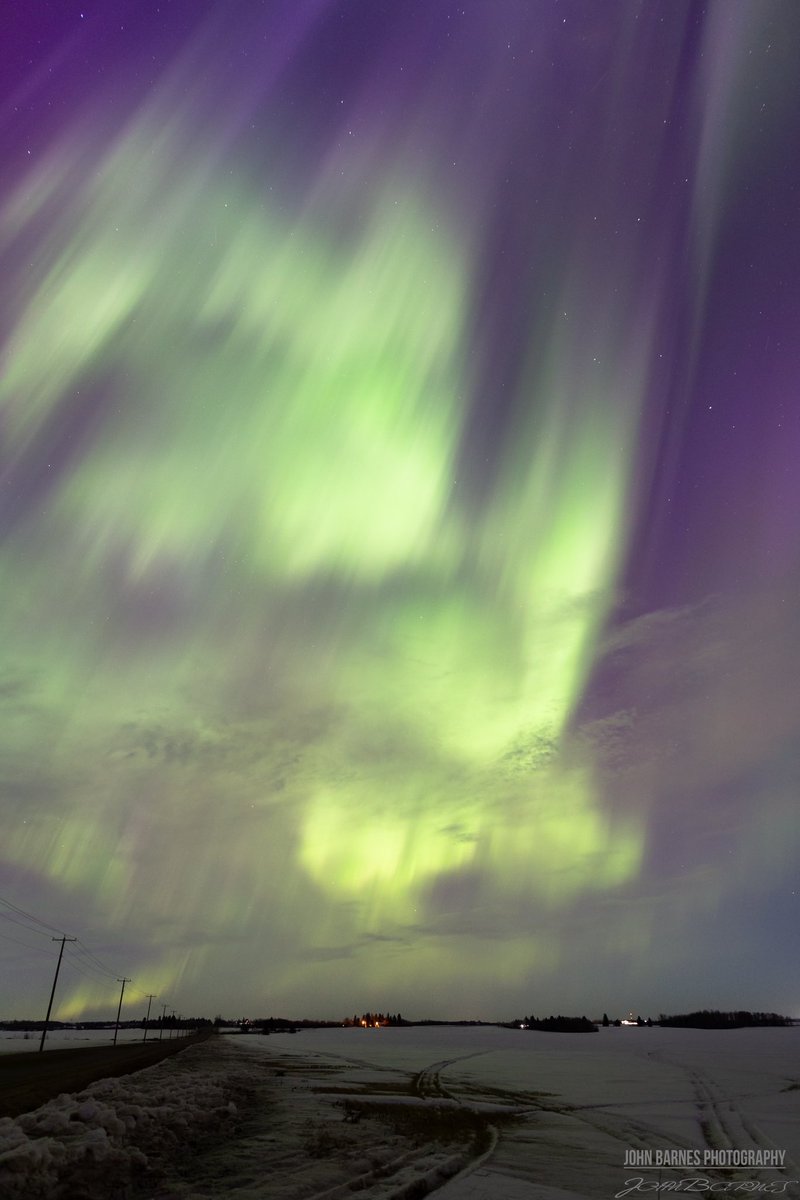


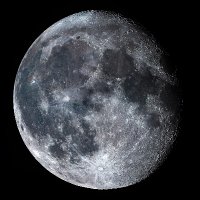
First light of Venus with the Skywatcher 180 Maksutov. Native F15 using an ZWO ASI462. It was looking lovely in the eyepiece. Like looking at a faraway Moon without any craters or seas. #MoonHour™️Social #venus #Astrophotography
